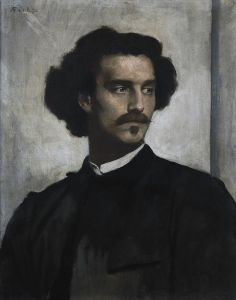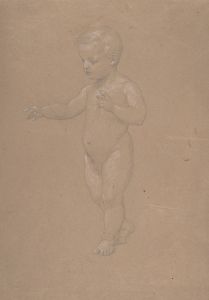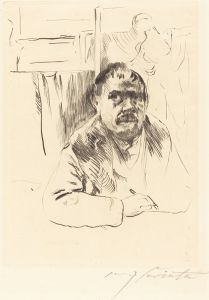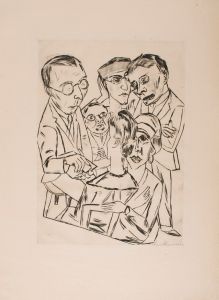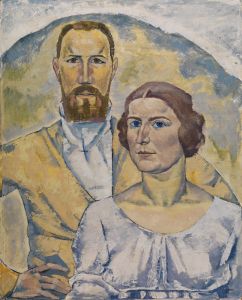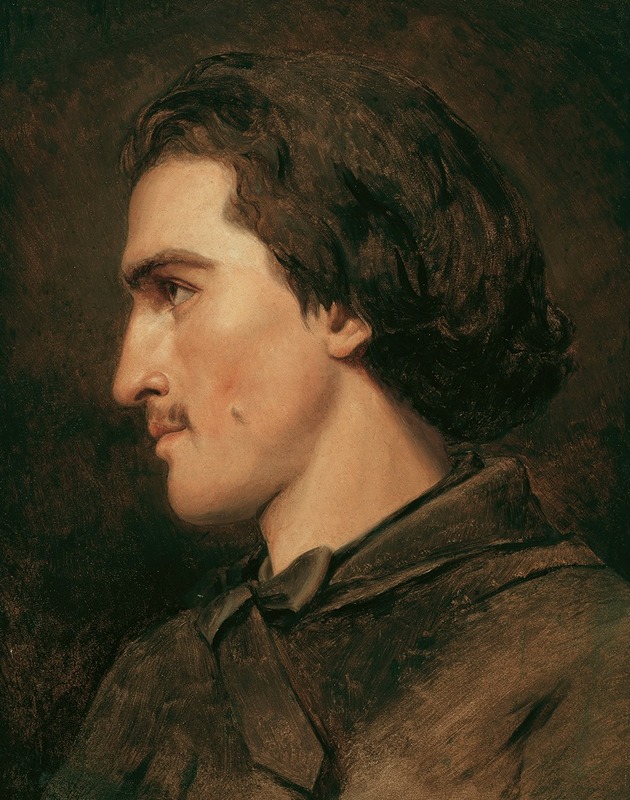
Selbstbildnis
A hand-painted replica of Anselm Feuerbach’s masterpiece Selbstbildnis, meticulously crafted by professional artists to capture the true essence of the original. Each piece is created with museum-quality canvas and rare mineral pigments, carefully painted by experienced artists with delicate brushstrokes and rich, layered colors to perfectly recreate the texture of the original artwork. Unlike machine-printed reproductions, this hand-painted version brings the painting to life, infused with the artist’s emotions and skill in every stroke. Whether for personal collection or home decoration, it instantly elevates the artistic atmosphere of any space.
Anselm Feuerbach's "Selbstbildnis," or "Self-Portrait," is a notable work by the German painter, who was one of the leading figures of the 19th-century German art scene. Feuerbach was born on September 12, 1829, in Speyer, Germany, and became known for his classical style and his focus on historical and mythological subjects. His self-portraits, including "Selbstbildnis," offer insight into his artistic development and personal introspection.
Feuerbach's "Selbstbildnis" is a reflection of his academic training and his admiration for the Old Masters. He studied at the Düsseldorf Academy and later at the Munich Academy, where he was influenced by the works of Peter von Cornelius and Wilhelm von Kaulbach. His education continued in Antwerp and Paris, where he was exposed to the works of Eugène Delacroix and Gustave Courbet, further shaping his artistic style.
The self-portrait is characterized by its classical composition and subdued color palette, which are hallmarks of Feuerbach's work. He often employed a restrained use of color to emphasize form and composition, drawing inspiration from Renaissance artists such as Titian and Raphael. In "Selbstbildnis," Feuerbach presents himself with a contemplative expression, capturing both his introspective nature and his commitment to the ideals of beauty and harmony.
Feuerbach's time in Italy, particularly in Rome, had a profound impact on his work. He was part of the German expatriate community and was influenced by the Italian Renaissance and the classical antiquities he encountered there. This influence is evident in the classical poise and timeless quality of his self-portrait. His admiration for the Italian masters is reflected in the way he portrays himself with a sense of dignity and introspection.
Throughout his career, Feuerbach struggled with recognition and financial stability, often feeling overshadowed by his contemporaries. Despite these challenges, he remained dedicated to his artistic vision, which was deeply rooted in classical ideals. His self-portraits, including "Selbstbildnis," serve as a testament to his perseverance and his quest for artistic perfection.
Feuerbach's legacy is marked by his contribution to the development of German art in the 19th century. His works are celebrated for their classical beauty and their exploration of human emotion and expression. "Selbstbildnis" is a significant piece within his oeuvre, offering a glimpse into the artist's self-perception and his dedication to the principles of classical art.
Anselm Feuerbach passed away on January 4, 1880, in Venice, Italy. His work, including "Selbstbildnis," continues to be studied and appreciated for its artistic merit and its reflection of the cultural and historical context of his time. His self-portraits remain an important part of his artistic legacy, providing insight into the mind and character of one of Germany's most esteemed painters of the 19th century.






